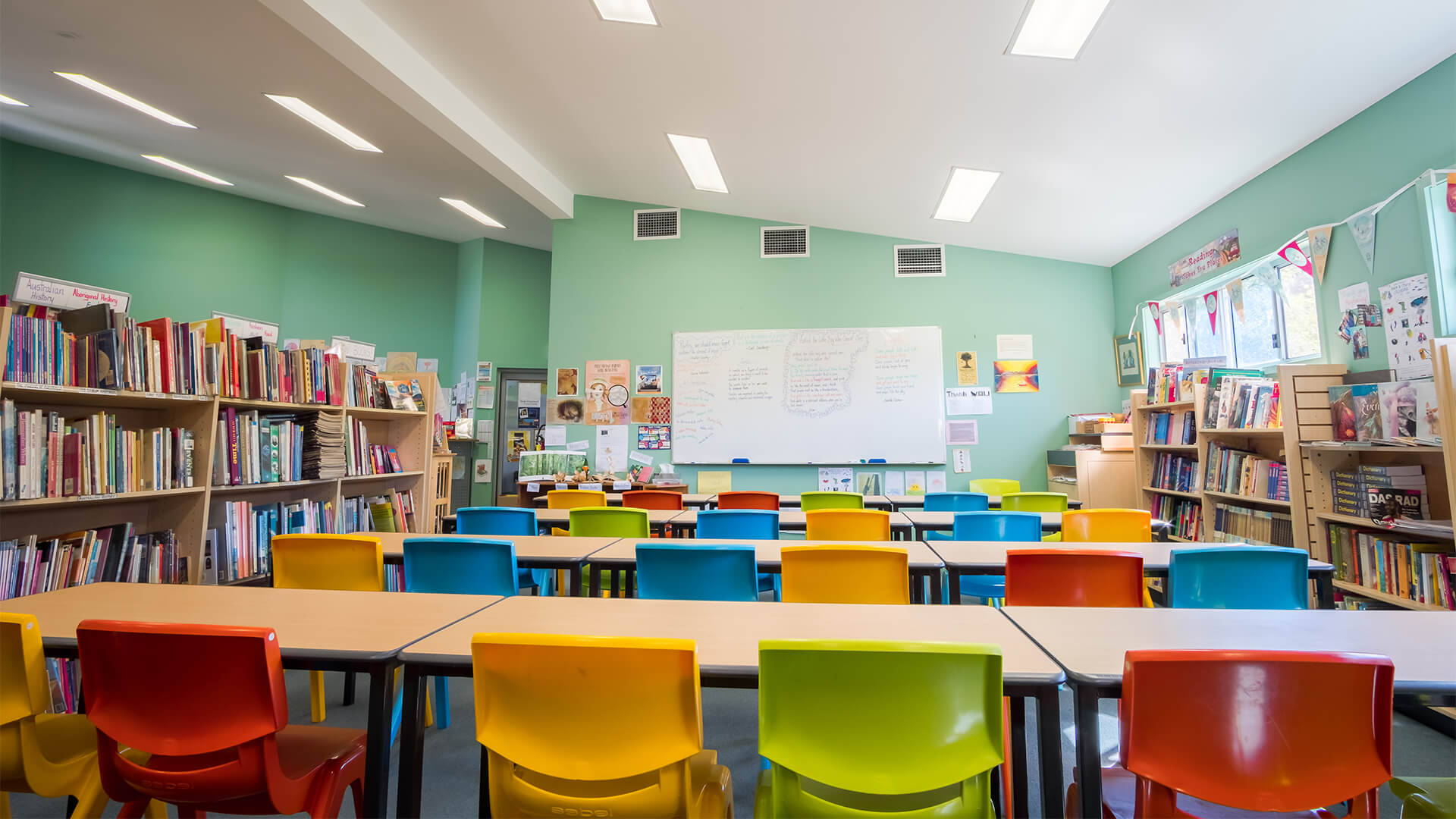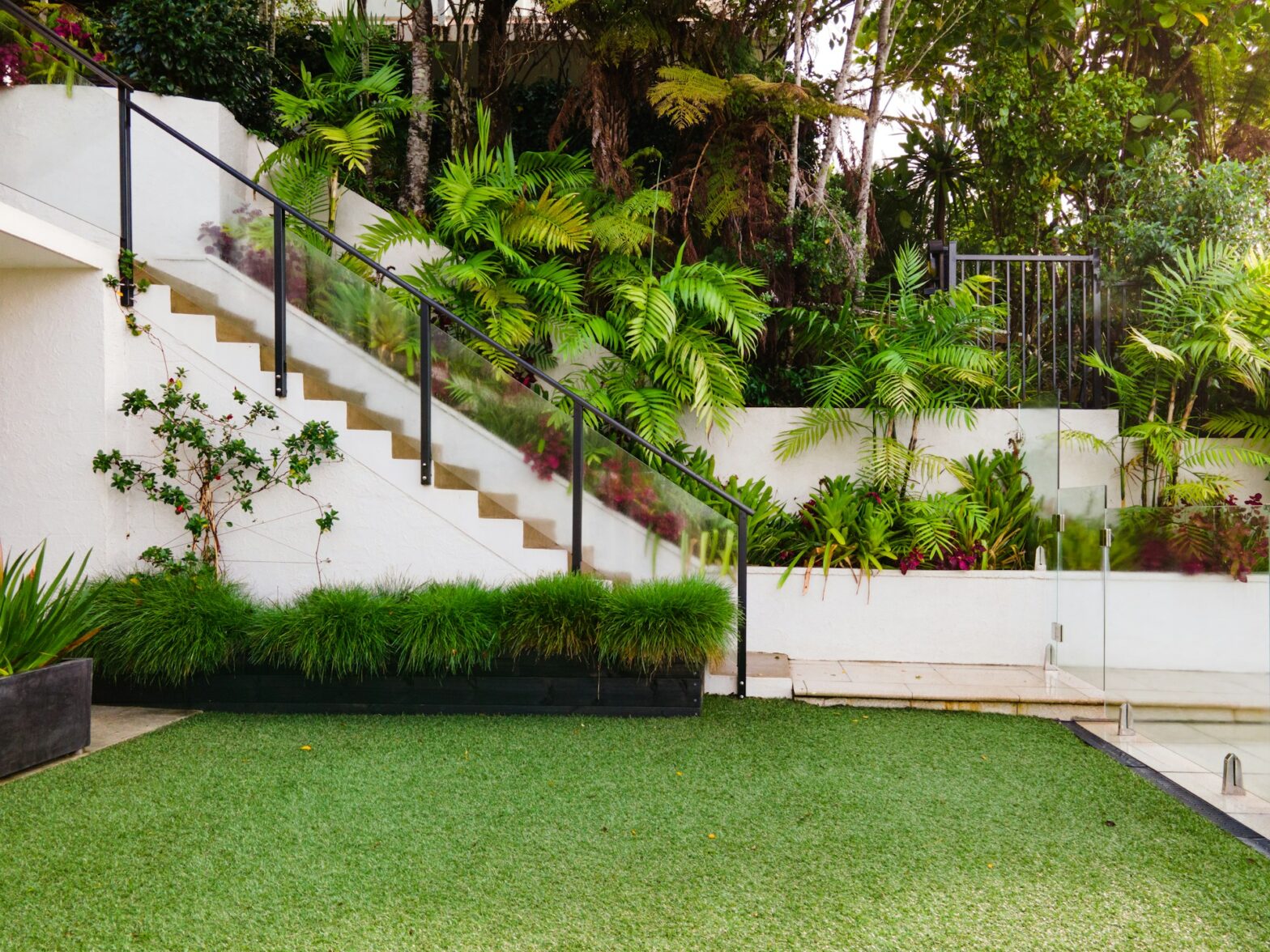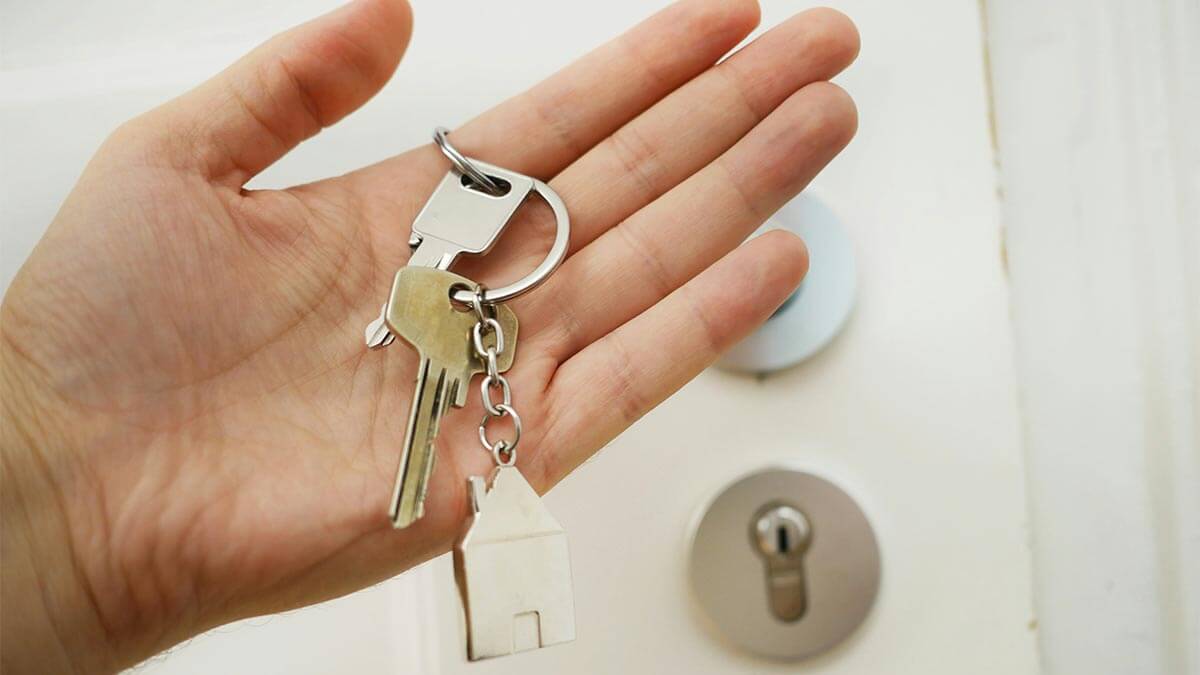Most of the time, people think that their mood is impacted by what they are doing. However, did you know that the environment around you can have a huge impact on your mood? This blog post will discuss how interior design impacts students’ moods in schools and why it’s important to consider when designing school spaces.
Motivation for learning
One of the most significant impacts of how interior design affects students’ mood is about student motivation. The way that a school looks can influence the energy of the room and how motivated students are when they walk in each day. For example, bright colors like yellow or orange boost your mood because these stimulate serotonin production which makes you feel happy.
This is the reason why schools need to paint classrooms with these colors. This means that the school tables and chairs should also be brightly colored. On the other hand, if a school has dark colors like navy or black, it can affect the students’ moods. These darker colors tend to depress people and make them feel lethargic. This is why schools should avoid using these colors in their interior design.
In addition, the layout of the classroom is also important. Schools should avoid having desks that are in rows because this creates a sense of competition and can decrease student motivation. Instead, schools should have tables where students can work together in groups. This will help to create a more positive mood in the classroom and promote collaboration among students. Since students spend a large amount of their time in school every day, if they are feeling unmotivated or depressed throughout their education due to how boring the classroom looks, this will affect the quality of their academic performance. This is why schools need to take into consideration how interior design affects students’ moods when they are designing school spaces.
When considering the different ways that interior design can affect student motivation, one doesn’t need to look further than classroom designs used in Finland and South Korea, two countries that consistently perform well on international assessments despite spending less money per student. These countries prioritize creativity and collaboration, which is why they have classrooms where students can work together in groups instead of rows of desks facing a teacher at the front of the room.
Foster collaboration
Another impact of interior design on students’ mood is about fostering collaboration. For students to be successful in the future, they need to learn how to work together. This is why schools need to have spaces that promote collaboration. A study by Stanford University found that when students are placed in groups and given a task to complete, they tend to achieve a higher level of success than when they are working individually.
However, for students to be able to work together effectively, the environment needs to be conducive to collaboration. This means that schools should avoid having desks in rows and should have tables where students can work together. Additionally, schools should use bright colors instead of dark colors because these stimulate positive emotions which make it easier for students to work together.
In this way, the interior design of a school plays an important role in fostering collaboration among students and increasing student motivation. This is why it’s important to pay attention to how the environment around you affects your mood because these factors have a significant impact on whether or not you can be successful later on in life. Rest assured that there are ways to increase your motivation and happiness, but it all starts with being aware of how the interior design around you affects your moods.
-
Enhance social capability
Finally, the interior design of a school can also have an impact on students’ social skills. When students are in a space that is designed for collaboration, they are more likely to talk to one another and develop relationships. This is because when people are placed close to one another, they tend to communicate more with each other. On the other hand, when students are placed in a space that is designed for individual work, they are less likely to talk to each other. This is because people tend to be more focused on their tasks when they are working individually and don’t have the opportunity to communicate with others.
This is why schools need to create spaces where collaboration is encouraged and students can talk to one another. When there are spaces and opportunities for socialization, it helps students learn how to develop relationships with others and enhances their social capabilities which will positively affect the quality of their lives as they grow older. The interior design of schools has a significant impact on student success by fostering collaboration among them and enhancing their social capabilities.
What teachers can do
Teachers also play an important role in the mood of their students by how they decorate their rooms and organize them. For example, if a teacher wants to create more positive energy within the classroom, he or she should use colors like reds and oranges on their walls because these are stimulating colors that will make the room feel more energetic. Additionally, teachers can use plants to improve the mood in their classrooms. Plants have been shown to improve air quality and increase productivity, so they are a great way to brighten up a classroom.
Furthermore, if a teacher wants to create a calm and relaxing environment in their classroom, they should use colors like blues and greens. These colors are known to be relaxing and can help to create a more calming atmosphere in the classroom. In addition, teachers can use plants and water features in their room to create a more zen-like environment.
In the end, both students and teachers need to be aware of how the interior design of schools impacts the mood to create a more positive and productive learning environment. When schools take into account the different ways that interior design can affect mood, they can provide their students with an optimal learning environment.
































